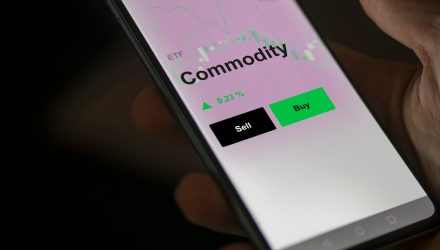Many investors are rushing into gold or energy commodity ETFs to try to capture the current opportunity set — a strategy that’s not guaranteed to pay off.
In the current environment, characterized by uncertainty and unknown unknowns, diversification is key. A broad-basket commodity ETF offers exposure to the asset class without placing significant bets on certain commodities.
Instead of placing bets on individual commodities, investors can get diversified exposure to the asset class with the Invesco Optimum Yield Diversified Commodity Strategy No K-1 ETF (PDBC) and the Invesco DB Commodity Index Tracking Fund (DBC).
PDBC
PDBC is the largest commodity ETF available to investors, with $5.6 billion in assets under management.
The fund is unique in that it’s actively managed, providing exposure to the world’s most heavily traded commodities. The fund’s greatest commodity allocations as of September 29 are brent crude (13.84%), WTI crude (13.31%), gasoline (12.30%), NY Harbor ULSD (10.79%), and sugar (9.21%).
DBC
While PDBC is the largest ETF in the category, DBC is a heavyweight itself. DBC is the third-largest commodity ETF by assets under management, with $2.2 billion.
DBC tracks the DBIQ Optimum Yield Diversified Commodity Index plus the interest income from the fund’s holdings of primarily U.S. Treasury securities and money market income (less the fund’s expenses). DBC’s underlying index provides exposure to 14 heavily traded commodities across the energy, precious metals, industrial metals, and agriculture sectors.
DBC’s current allocations look similar to PDBC, with slightly different weights. As of September 29, DBC’s five largest exposures by weight include WTI crude (13.00%), Brent crude (12.77%), gasoline (12.08%), NY Harbor ULSD (11.81%), and sugar (9.60%).
An important difference between the two commodity ETFs is that DBC issues a schedule K-1. Thus, many investors might opt for PDBC to get exposure to commodity futures without the tax hassle of a K-1.
PDBC charges 59 basis points while DBC charges 87 basis points.
For more news, information, and analysis, visit the Innovative ETFs Channel.








